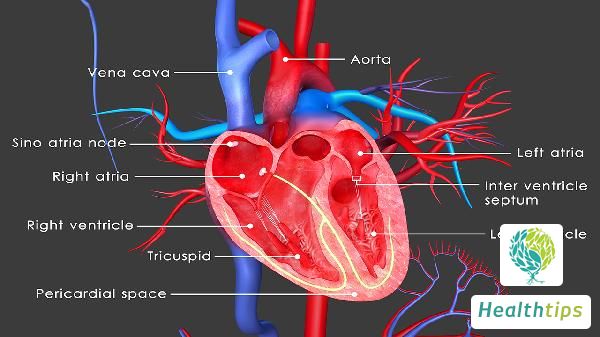What are the complications associated with high myopia?
Complications of High Myopia
Complications associated with high myopia include retinal detachment, macular atrophy, among others, which can lead to severe vision problems.

1. Retinal Detachment
Patients with high myopia have a longer axial length of the eyeball, causing the retina to be stretched thinner and more fragile. In such cases, the retina is prone to tearing or detachment. Retinal detachment is an emergency condition that, if left untreated, can result in permanent blindness. Early symptoms include flashes of light, shadows, or blurred vision in the visual field.
2. Macular Atrophy
The macula is the area of the retina responsible for central vision. In patients with high myopia, atrophy may occur in the macular region. This leads to blurred central vision, affecting activities requiring fine vision such as reading and driving. Early symptoms of macular atrophy include distortion of vision and decreased visual acuity.
3. Glaucoma
High myopia increases the risk of glaucoma, a disease caused by elevated intraocular pressure that damages the optic nerve. Early-stage glaucoma typically exhibits no obvious symptoms, but as the condition progresses, the visual field gradually narrows, potentially leading to blindness. Regular eye exams can aid in early detection and management of glaucoma.
4. Cataract
Patients with high myopia are more susceptible to cataracts, a condition where the lens becomes cloudy, causing blurred vision. Although cataracts can be treated surgically, patients with high myopia face higher surgical risks and may experience slower post-operative recovery.
5. Retinal Tears
Patients with high myopia are prone to retinal tears, which can be precursors to retinal detachment. Retinal tears often do not present with notable symptoms but may sometimes be accompanied by flashes of light or shadows in the visual field. Regular eye exams can help detect retinal tears early and take measures to prevent retinal detachment.
6. Subretinal Neovascularization
High myopia can lead to the formation of subretinal neovascularization, which are fragile blood vessels prone to bleeding, causing a sudden drop in vision. Early symptoms of subretinal neovascularization include distortion of vision and blurred vision. Timely treatment can slow disease progression.
7. Vitreous Opacity
The vitreous humor in the eyes of patients with high myopia tends to become cloudy, resulting in floating shadows or spots in the visual field. While this condition may not severely impair vision, it can affect quality of life.
Prevention and Management
To prevent and manage these complications, patients with high myopia should undergo regular eye examinations, particularly fundus examinations. Maintaining good eye habits, avoiding prolonged close-up work, and engaging in appropriate outdoor activities can help slow the progression of myopia. In case of sudden vision loss, flashes of light, or shadows in the visual field, immediate medical attention is advised. Early detection and timely treatment can effectively reduce the impact of high myopia complications on vision.



















